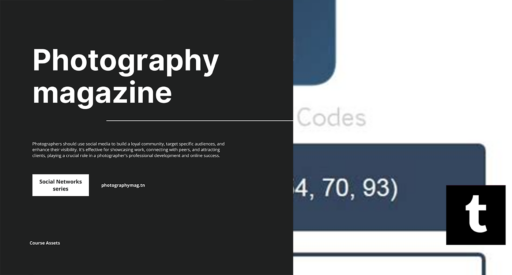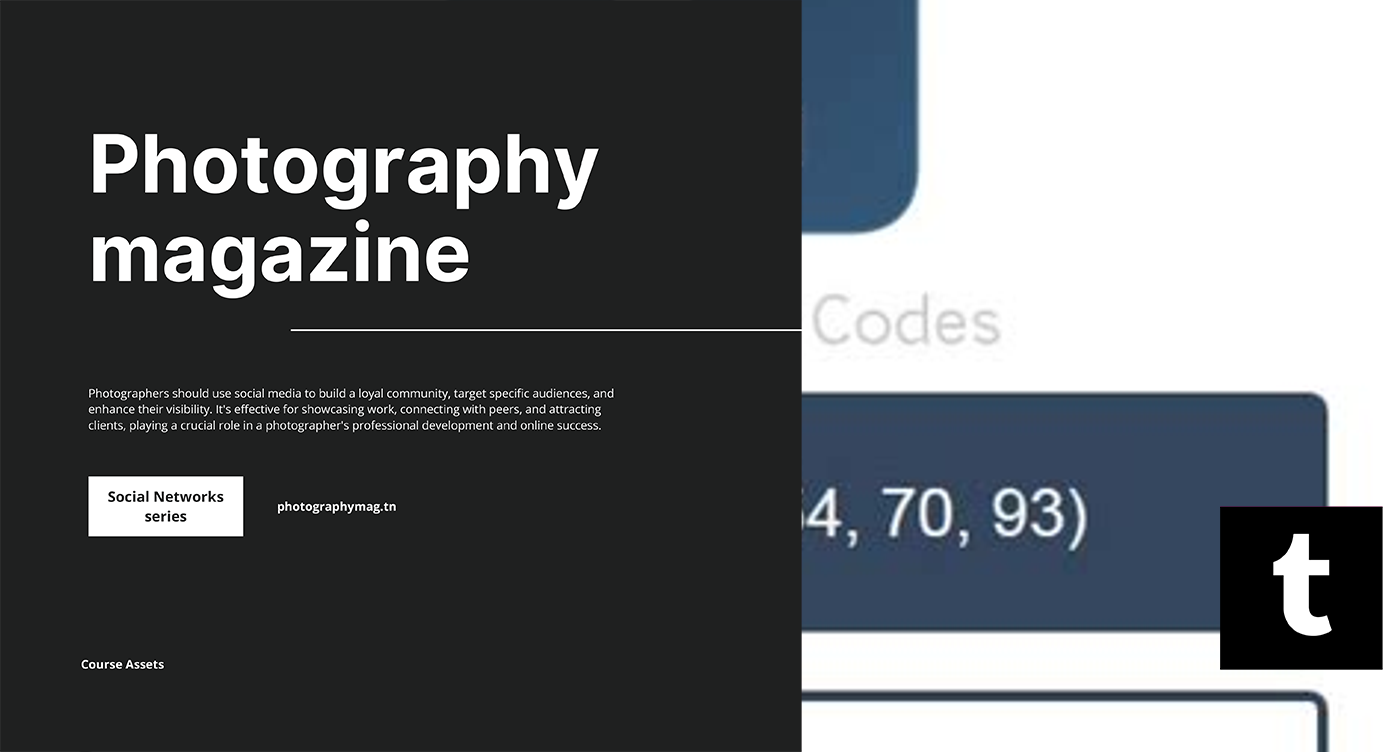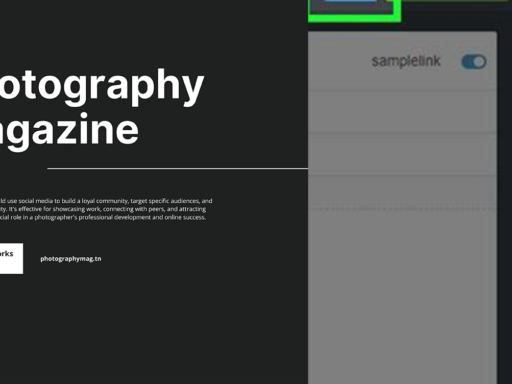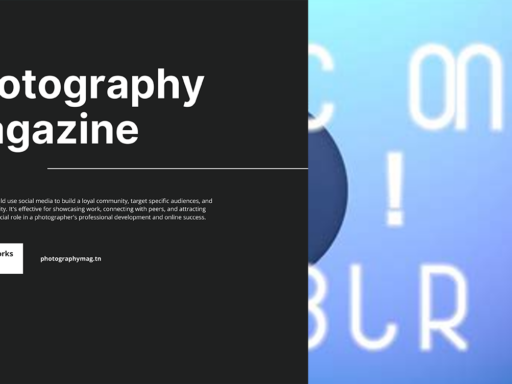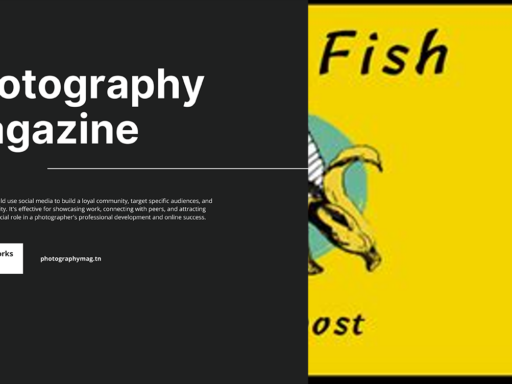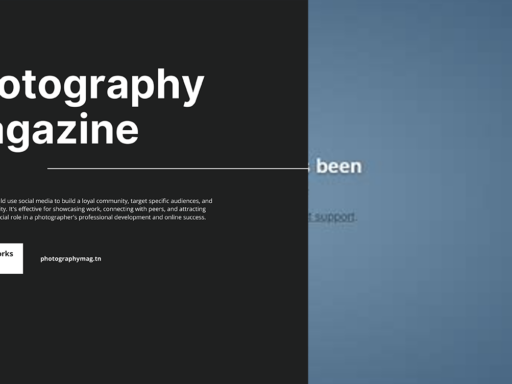When it comes to the mystical and vibrant world of Tumblr, you might wonder what kind of coding sorcery is at play behind its visually arresting themes and, let’s face it, the seemingly endless scroll of content. If you think getting into Tumblr’s custom theme game is going to be a geeky nightmare, think again! The beauty of Tumblr lies in its simplicity: the platform primarily uses HTML and CSS. That’s right—the internet’s dynamic duo.
Let’s break this down like a well-functioning algorithm! HTML, or HyperText Markup Language if you want to impress your friends, is the backbone of all webpages. It structures the content, dividing your blog into the essential elements—like paragraphs, images, and links. It’s almost like laying down the framework of a delightful gingerbread house before you decorate. If you can handle a little tagging, you’ll feel like the architect of your own digital domain!
Now, enter CSS, which stands for Cascading Style Sheets and—hold onto your keyboard—this is where the fun really begins! Think of CSS as your theme’s personal stylist. It takes your HTML structure and wraps it in a dazzling outfit that wows your visitors. Fonts, colors, spacing, and layout all come directly from your CSS code. With CSS, you’re not just sticking with a vanilla theme; you can make it sparkle, change those colors, and apply animations like a pro!
But wait, there’s more! If you’re feeling particularly adventurous, Tumblr also offers what’s called a Custom HTML option for those who want to dive into advanced levels. This gives you the freedom to add widgets, customize layout grids, or even embed third-party applications. Think of it as the creative ketchup on an artistic burger—a little extra zing enhances the whole dish!
Now, what about it being responsive? You know, the way your blog looks pretty nifty on your desktop might not exactly cut it when viewed on the ultra-small screens of smartphones—no one wants a blog that looks like a jigsaw puzzle gone wrong! Luckily, if you adopt some tips and tricks of responsive design, your sparkling creation can shine brightly across all platforms. It’s like ensuring your personal party looks fabulous regardless of who shows up!
However, if coding feels a bit daunting, don’t panic! Numerous resources exist to help you become the “mad scientist” of your Tumblr theme. Websites teem with free templates, videos, and tutorials, ready to turn you from a bumbling beginner into a custom theme guru.
And let’s not forget that Tumblr community, which is buzzing with creativity. You can borrow inspiration, get feedback, or simply bond over memes. Seriously—who doesn’t love a good meme?
In conclusion, coding on Tumblr might not involve any overly complicated languages (no JavaScript-induced headaches here!). By mastering HTML and CSS, with optional forays into Custom HTML for those ready to flaunt their coding prowess, you’re all set to make your blog the envy of your followers. So, strap on your coding boots and let that creativity flow! The digital world of Tumblr awaits, ready for your unique touch!
